Samuel Rowbottom
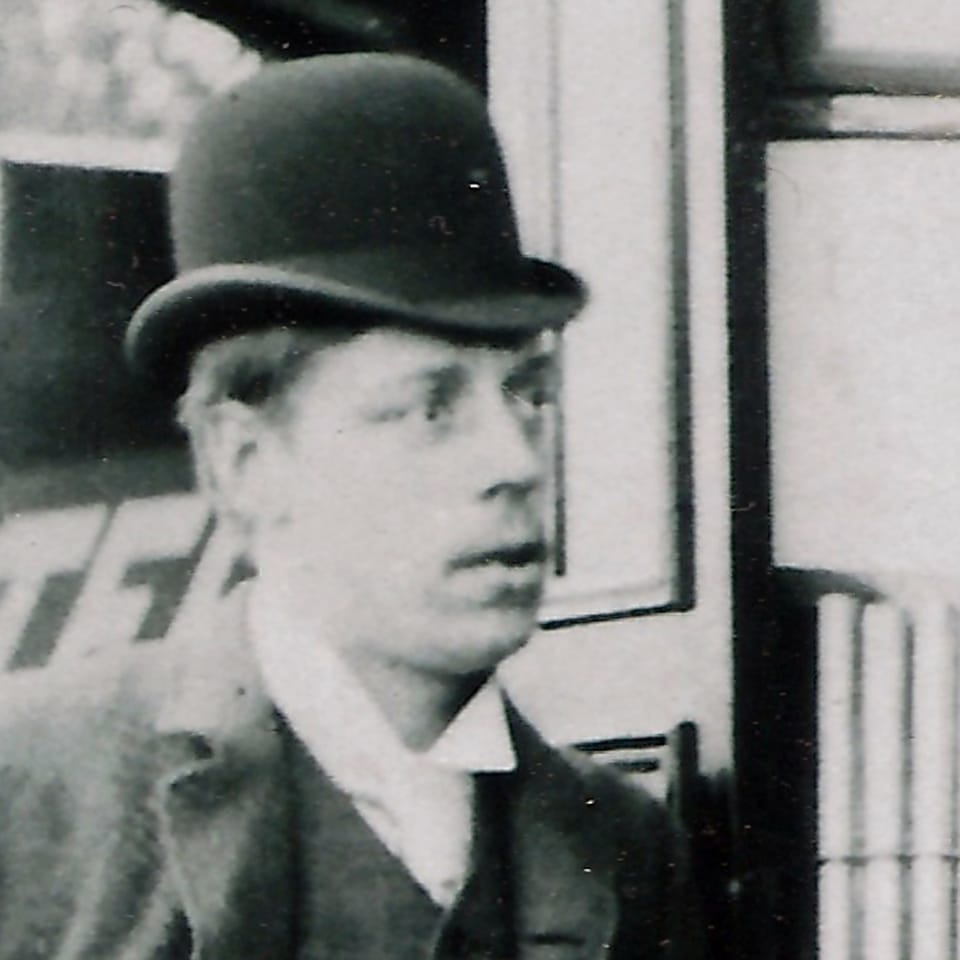
Samuel’s family farmed at Moorside, Chisworth, Derbyshire, from the first half of the 18th centry to early in the 20th century. His great grandfather was Moses Rowbottom (1772-1858). His grandfather, James Rowbottom (1806 – 1849), a cotton spinner, was born at Moorside. Samuel’s father Aaron (1841 – 1898) was born at at Broadbottom, Cheshire. Aaron was a Police Officer. His mother was Mary, nee Ratcliffe (c1841 – 1886).
Samuel was born on 24 March 1866 at 53 King Street, Ardwick, Manchester. He had an older sister Hannah (1862 – 1863) and an older brother Thomas (b 1864). Following the death of Aaron’s first wife, Mary, He remarried, giving Samuel a half brother, James Stanley Rowbottom (1888 – 1956).
When Samuel was five years old the family were living at 17 Caygill Street, Chorlton on Medlock, Manchester. Aaron was now a Detective Officer, and both Samuel and Thomas were Scholars. By the time Samuel 1881 Aaron was a Detective Inspector, living at The Rectory to the Unitarian Church, 229 Upper Brook Street, Chorlton upon Medlock, Manchester. Samuel, although only 15, is recorded as a Plumber in the census of that year.
On 19 December 1885 Samuel married Selina Philippine Annie Gisz, the daughter of Emile Gisz (a Calico Print Designer born in France) and Annie Middleton. Selina was already caring for her baby brother Stanley after their mother died in 1882.
The marriage took place at St Paul’s Church, Chorlton upon Medlock. On the marriage certificate Samuel’s occupation is given as Electrician. Shortly after the marriage Samuel and his family set up home in Derby. Here seven of their ten children were born: Bernice (1887 – 1973), Constance (1888 – 1973), and Lilian (1890 – 1956).
Samuel is shown as either Electrician or Electrical Engineer on all his children’s birth certificates except Constance’s where he is shown as a Master Gas Fitter. Samuel worked on several contracts for the Derby Town Council. On one occasion in 1889 he was paid 13s 8d and £1 6s 0d on another for repairs to the electric bell in the Market Hall.
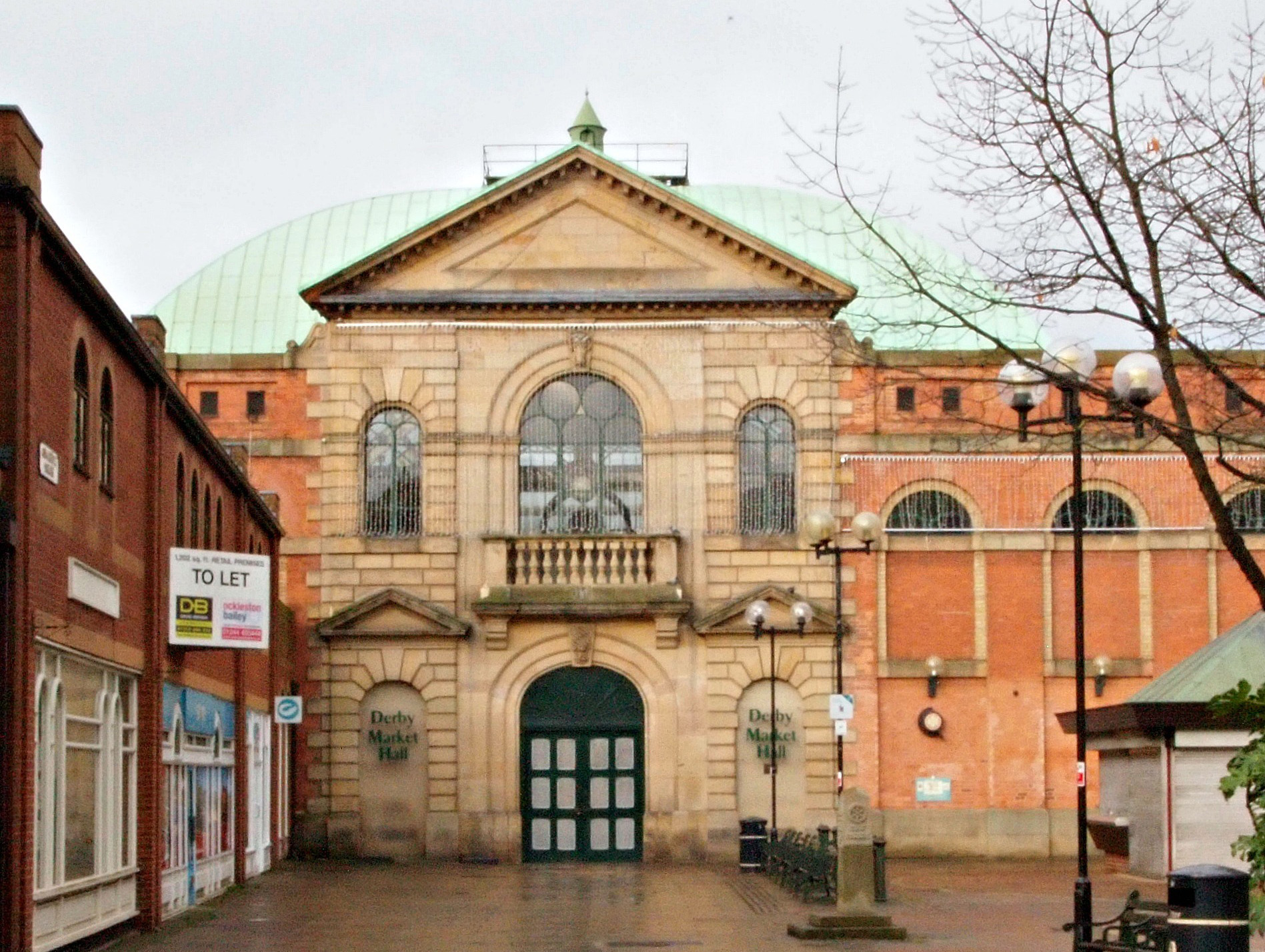
Despite his contract with the council, Samuel was declared bankrupt on April 24th 1989. His effects were all sold by auction. Immediately after this, his wife Selina formed a company, S Rowbottom and Co, without capital.
Samuel and his family moved to 82 Abbey Street, Derby, and they managed to keep going for a little while. In the the census of April 1891, Samuel is shown as an Electrical Engineer. On 17 December 1891 Samuel applied for a patent for his Automatic Tea Making Apparatus. This was granted in 1892. The photograph here shows Samuel Rowbottom of S Rowbottom and Co, Electrical Engineer, of Abbey Street, Derby, at an exhibition with his teasmade, (copyright Michael Lewis).
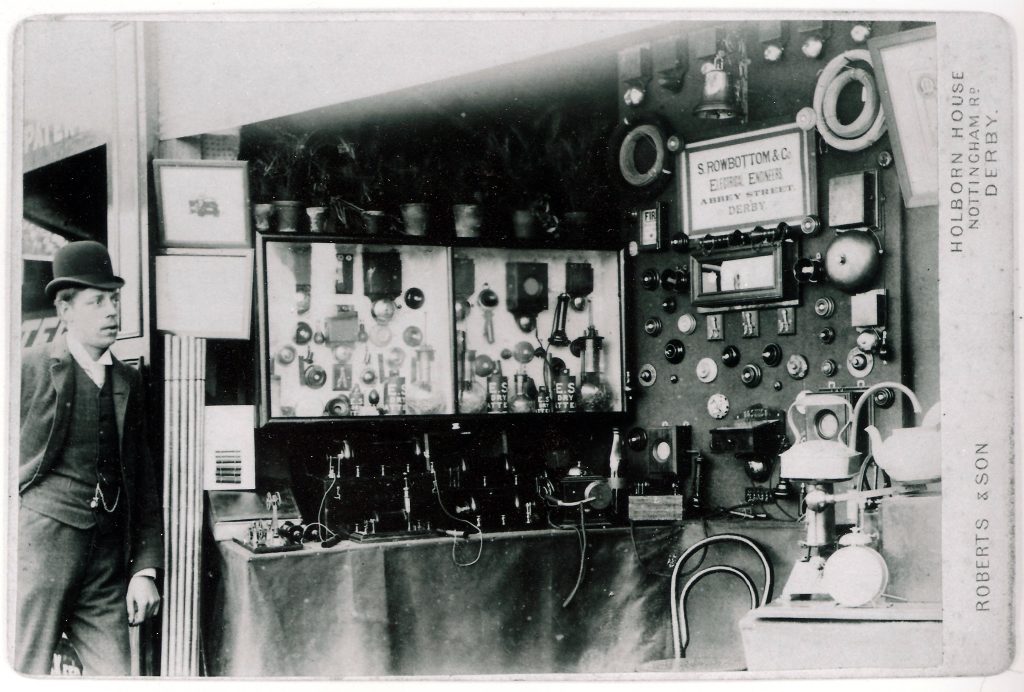
In 1892 Samuel was paid 10s 2d and 6s 9d in 1890 and a further £2 10s 0d by Derby Town Council for repairing the Electric Bell in the Market Hall. On 19th October 1892, at a Special Council Meeting, Samuel was awarded a contract for the sum of £176 for providing the boxes and all the accessories and way leaves for the installation of the new Fire Alarms, and a further contract for £15 per annum to maintain these alarms. A further contract was given for the construction of three telephone wires, and a new alarm board with connections, for £34.
These were desperate times for the Rowbottoms. Samuel’s first son, also named Samuel, was born in 1892, but he lived only a year. In August 1892 Selina gave a bill of sale to a creditor, with the result that she was “pressed by others”. In 1893 Samuel was paid for altering the alarm wires and further repairs to the Alarm Bell at the Market Hall, but it was not enough to rescue the business. An execution was levied on Selina’s goods, and she filed a petition (presumably for voluntary bankruptcy). The Official Receiver said that the bill of sale appeared to be invalid, and that Selina had treated it as such in her statement. Selina had not kept any account books and Samuel had not yet discharged his bankruptcy.
In September 1893 a first creditors’ meeting was held. Selina’s statement confirmed liabilities of £302-19. Stock in trade costing about £400 was expected to realise about £250 on sale, machinery £36, fixtures and fittings £25, furniture £20, and good book debts £26-10.
In October 1893 S Rowbottom and Co Electrical Engineers were back in business, advertising in the Derby Mercury newspaper for the installation of electric lights, bells and telephones. Now the Sole Proprietor was S Briggs, and Samuel was the Works Manager.
That year the family left 82 Abbey Street and moved to a different address in Derby. Three more children were born in Derby: Edward (1893- 1962), Gertrude (1896 – 1897), and Alfred (1898 – 1956).
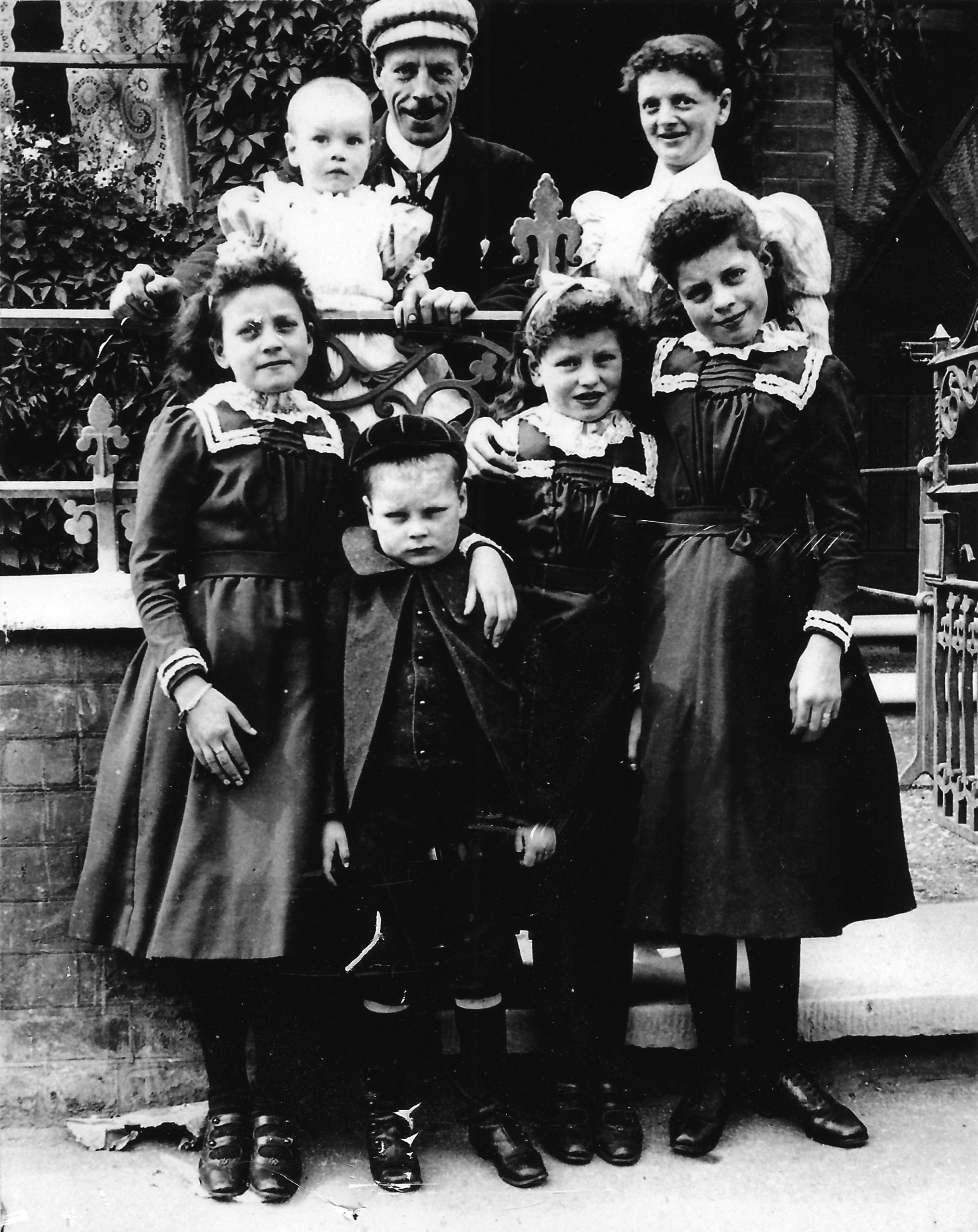
In 1897 Samuel and Selina appeared in court, accused by Selina’s brother Michael of taking and using the proceeds of their father Emile’s life assurance policy. There seemed little doubt that Selina had been paying the insurance premiums since 1893, but it was less clear who was entitled to the £48 payout. Eventually the judge ruled that Selina and Samuel should return the funds to Michael, administrator of the estate, for distribution between all four of Emile’s children. Selina claimed that the money was all gone, as she had used it to pay a doctor’s fees after two illnesses. Samuel enquired what would happen to Emile’s business in Manchester, which was worth £150, and was now in Michael’s hands. The judge responded that Samuel should consult his solicitor.
Perhaps the Rowbottoms did eventually receive their inheritance, or perhaps Samuel’s father Aaron’s death in 1898 changed their circumstances. Whatever the situation, some time between 1898 and 1900 the family moved to Cricklewood, Middlesex, and there Samuel became acquainted with Frederick H Simms.
Whilst Simms was on the lookout for a power source to use in his overhead railcars, which he named ‘Aerial Flights’, he had be befriended Daimler, who was using a new engine he had designed in motorboats. Simms saw the potential for marketing Daimler’s engine in Britain. He took up the patent rights and formed The Daimler Motor Syndicate Ltd in 1893. In 1891 Simms wrote a letter containing the first recorded use of the term ‘motor car’ and he claimed to have invented the name ‘petrol’. The Daimler agency was a success and in 1895 Simms went on to found the Daimler Motor Company Limited, building Daimler engines in Britain. In 1897 Simms founded the Automobile Club of Great Britain and Ireland, later the Royal Automobile Club (RAC).
Samuel worked with him on some significant developments in early motoring. In 1899 Samuel worked with Simms on the design of the motor-war car, which was built to Simms specifications for Vickers Sons and Maxim. The war car had a Daimler engine, a bulletproof casing and was armed with 2 machine guns developed by Hiram Maxim on revolving turrets.
Simms’ work in the field of mechanised warfare is now widely recognised as the birthplace of the modern tank, yet when at the time the war car was offered to the British army it was dismissed as of little use. Lord Kitchener, later Britain’s War Minister, regarded it damningly as “a pretty mechanical toy”.
In 1899 Samuel Rowbottom assisted Simms with the development of the ‘Motor Wheel’, a three wheeler, front wheel drive car. The engine was positioned between the front two wheels, and it steered by the rear wheel. It carried two people in tandem, with the driver behind the passenger. The March 25th 1899 Autocar magazine featured an article on the ‘Motor Wheel’.
In April 1900 The Automobile Club of Great Britain and Ireland organised the first 1000 Miles Trial. For the full story read Elizabeth Bennett’s book ‘Thousand Mile Trial’, unfortunately out of print.
The committee and the entrants were all the leading lights of the early motor car movement including Sir David Salomons, the Hon. C S Rolls, Count Zborowski, Worby Beaumont, Hewetson, Edgerton, the Hon. Evelyn Ellis, Frederick Simms, Sir Bernhard Samuelson, the Hon. John Scott Montagu, S.F. Edge, Montague Napier, Harvey du Cross, J E Hutton, T D Siddeley, E M Iliffe, and Henry Sturmey.
The cars were on exhibition before the trial from 14th April in the Agricultural Hall. The Trial commenced in London on Monday April 23rd 1900 at 7 am. Sixty five cars travelled the country in a reliability trial, which introduced the horseless carriage to parts of the country where it had not been seen before.
Simms’ Motor Wheel was entered as No. 20 in the Trial by one of Simms’ companies, Motor Carriage Supply Limited, and it was driven by Samuel Rowbottom. In the List of Starters in The Autocar magazine the address for Motor Carriage Supply Co Ltd is given as 17 Balderton Street, Oxford Street, London W, however a reprint of an advert for the company in ‘Thousand Mile Trial’ gives the address Donnington House, Norfolk Street, Strand, London WC.
Unfortunately the Motor Wheel capsized on tram lines both at Bath and Bristol, and was eventually withdrawn from competition at Gretna Green. The trial finished in Whitehall, London on Saturday May 12th 1900, and the cars were again on exhibition in Crystal Palace, until Saturday 19th May. Samuel’s attempt was described by Hon. C.S. Rolls (later of Rolls Royce fame) at a final dinner:
“Nothing, too, could exceed the pluck and determination displayed by the driver of Simms’ motor-wheel. All who had an opportunity of seeing how perseveringly he kept on despite the most discouraging circumstances expressed their admiration of his endeavours, which, at times, were almot heroic, displaying a high courage and steady nerve.”
Samuel’s youngest daughter Motoria (1900 -1990) was born in Cricklewood. At this time Samuel’s occupation was given as Mechanical Engineer. Motoria was given that name as, before she had been named, Samuel and Selina were driving in their Benz motor car in Oxford Street, London, with Motoria in her mother’s arms. Suddenly a horse shied causing Samuel to brake to avoid what could have been a serious collision. Motoria went over the front of the Benz, but fortunately she was not badly hurt. At the time Samuel was working for the Motoria Motor Company.
By the 1901 Census the family had moved from Cricklewood, to 61 Upper Grange Road, Bermondsey, London, with Samuel employed as a Engineer (Motor) Car. By this time Frederick Simms had moved his workshop to just around the corner at 55a Southwark Park Road. They were still there in 1902.
In 1902, worried by the random proliferation of motor shows, Simms also established the SMMT as a “strong, responsible and corporate body of the motor trade”. The society organised its first show at the Crystal Palace in January 1903. His theories on mechanised warfare saw the building in 1899 of a lightly-armoured quadricycle with quick-firing gun and an armoured “war-car”, the ancestor of the tank.
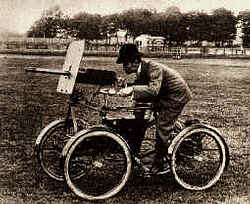
His Simms Manufacturing Company produced engines of all sizes, and Simms Motor Units, which he ran until 1935, specialised in ignition, lighting and starting equipment. He continued working as a consultant, and died in 1944 at the age of 80.
By 1903 they had moved to Sheffield, where another son was born:
Thomas (1903 – 1956)
Samuel being described as a Mechanical Engineer. A few years later in a newspaper advertisement Samuel said that he had been employed as a Foreman Engineer by Durham Churchill. In 1903 Durham Churchill were in Sheffield manufacturing a motor car called the Hallamshire using engines supplied by Simms. In one of the advertisements Samuel said that he had a certificate for the 1903 1,000 Mile Motor Trial, unfortunately although the Hallamshire was entered in that Trial, I have not found details of the driver.
By 1904 they were in Southport, Lancashire, where their youngest child, Henry (1906 – 1960), was born. Samuel was at this time described as a Motor Engineer. He was in fact the proprietor of the Southport and Birkdale Motor Company.
Samuel died in Cricklewood in 1909, aged only 42.
And what of the tea maker? Did Samuel tell his friend Simms about it? Simms designed engines for many products besides cars, including lawn mowers, road rollers, and significantly, vacuum cleaners. Perhaps Simms passed the idea on to Hubert Cecil Booth whilst they worked together on a vacuum cleaner engine. We will probably never know.
I am indebted to Rowbottom’s grandson Peter for giving me access to the family photographs on this page. These are included by kind permission of the copyright holder, Michael Lewis. It is not permitted to reproduce these photographs in any context without his express permission.

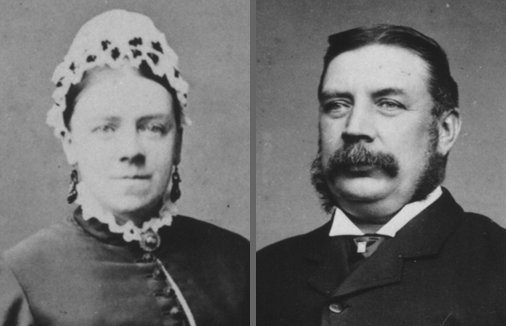
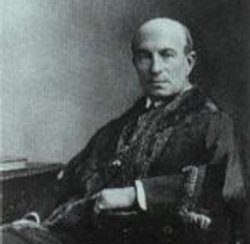
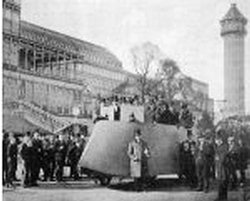
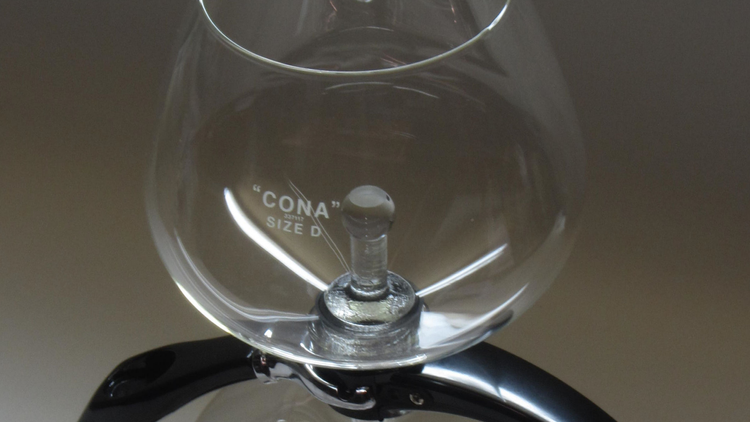
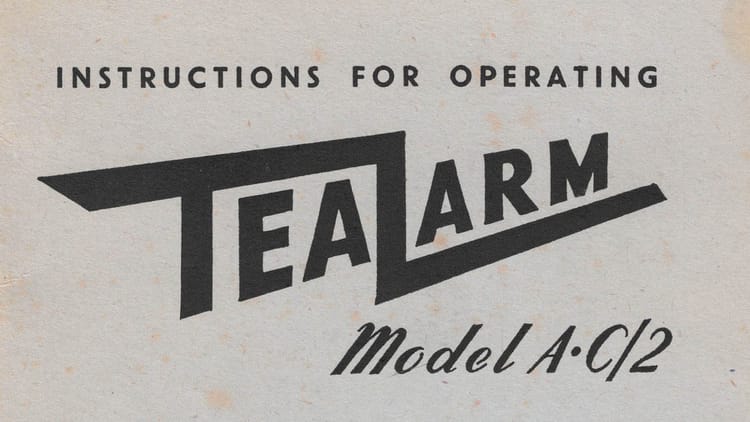
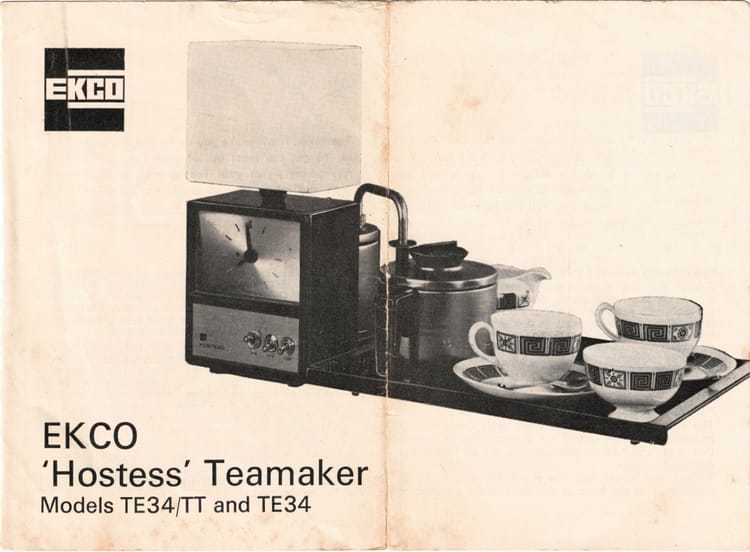
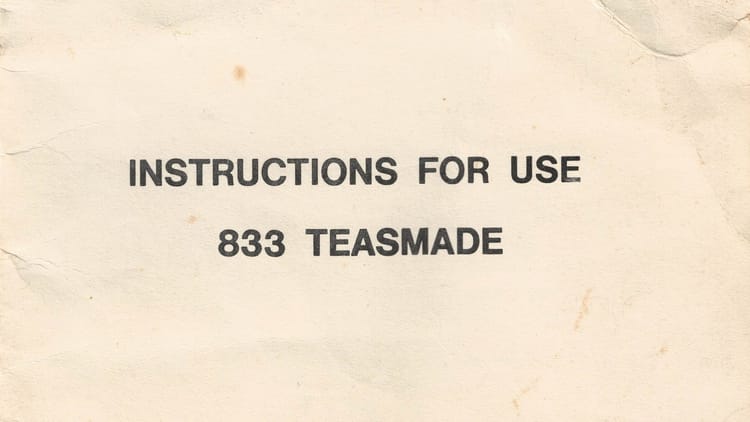

Member discussion